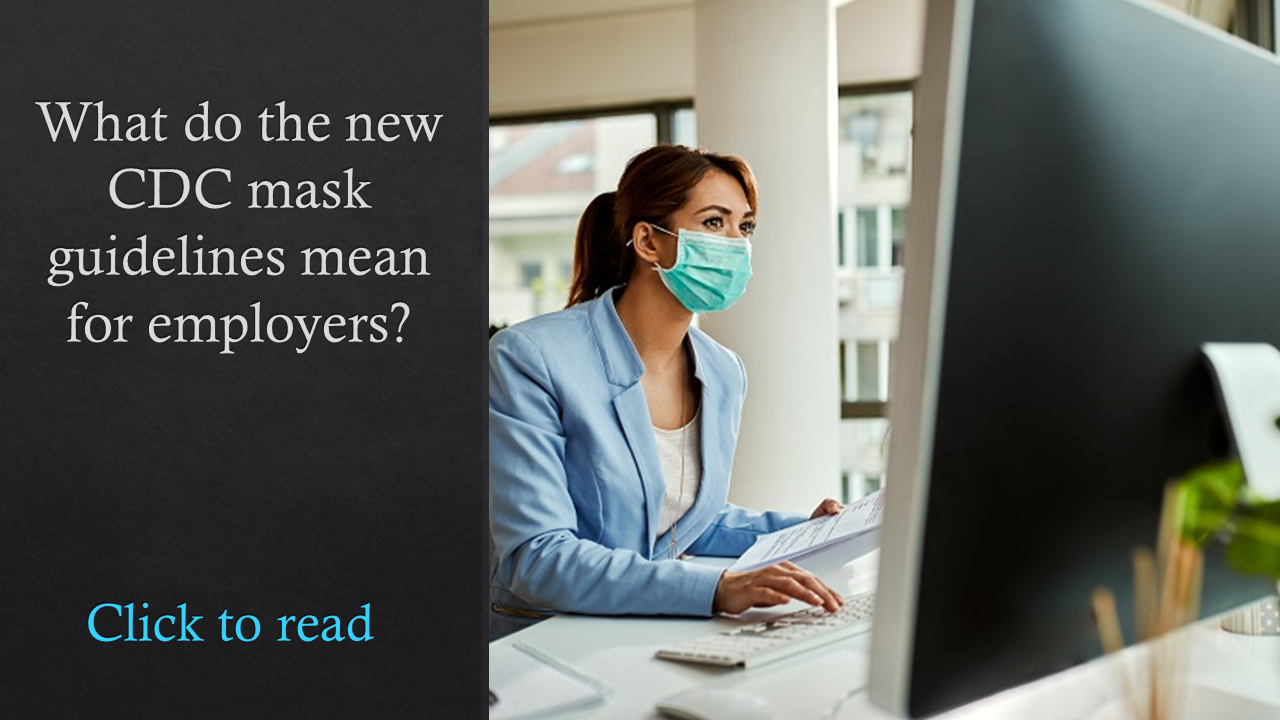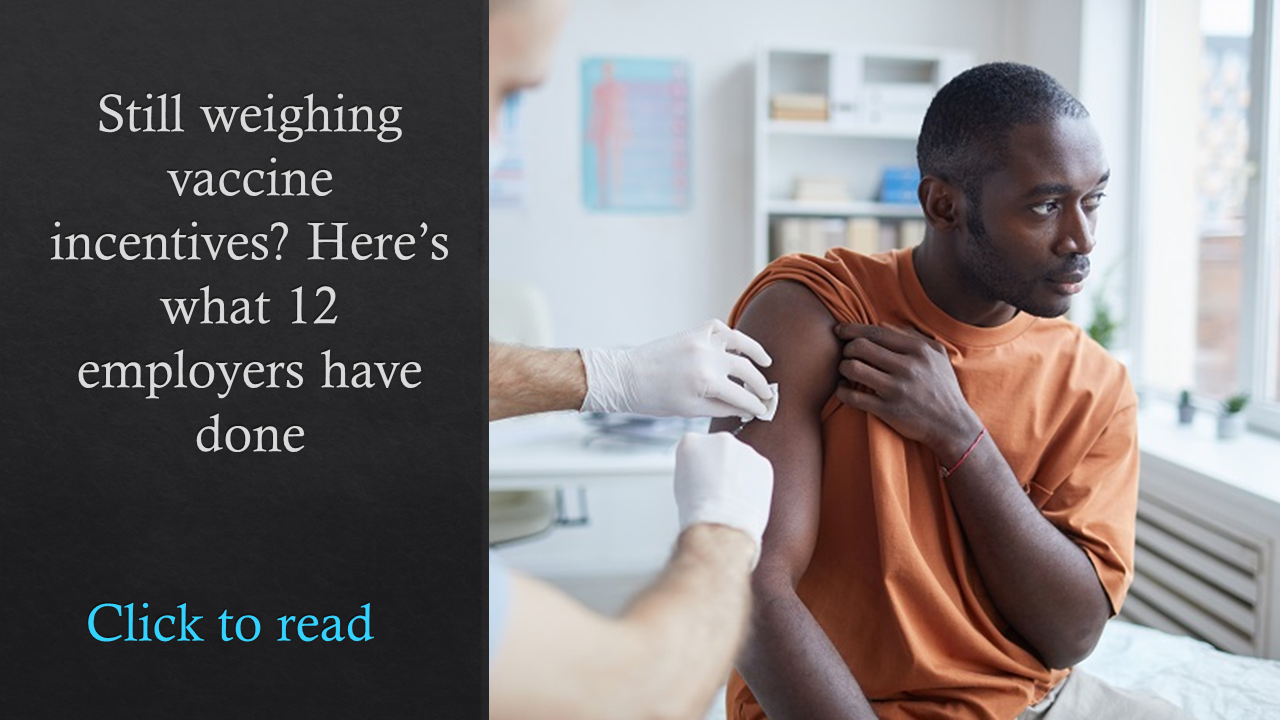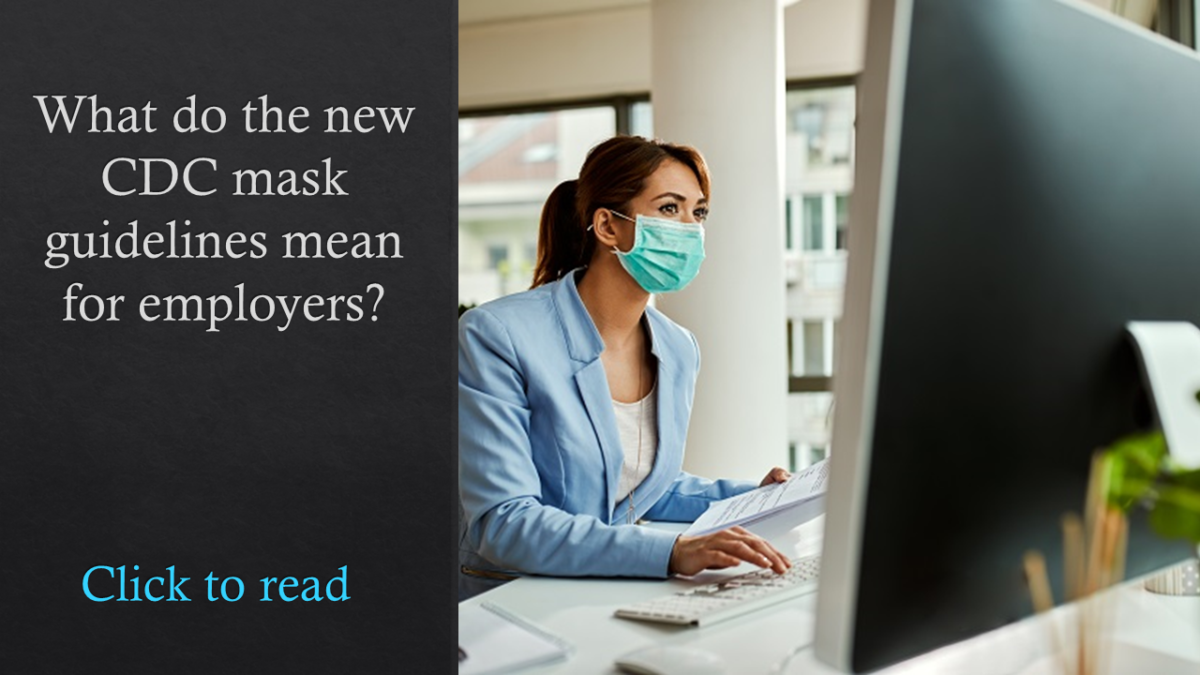The COVID-19 vaccines are finally readily available, and infection and death rates are on the decline.
But despite the good news, it’s not all rosy: Vaccination rates are waning, and many Americans are still reluctant to get the shot. Health officials warn that without more buy-in, herd immunity won’t happen and COVID-19 infection will continue to linger. Since the beginning of the vaccine rollout, employers have been viewed as vital in helping to encourage employees to get vaccinated. Now, perhaps, their role is more important than ever.
“Anything employers can do to encourage their staff to get the vaccine—or at least consider the vaccine and do more research into it before saying ‘no’ right away—will be incredibly beneficial not only for the company’s bottom line, but more importantly for saving countless lives,” says employment expert Rob Wilson, president of employment firm Employco USA.
So, what can employers and company leaders do? Here are six strategies.
Provide education. Education is one of the most widespread employer vaccine strategies. Education—like providing training or materials on merits or efficacy—is the “clear top choice” among employers when it comes to encouraging vaccination and has steadily risen since the first quarter of the year, says Carol Morrison, senior research analyst at the Institute for Corporate Productivity (i4cp). “It makes sense since this is a relatively easy strategy for organizations to implement: It’s low or no cost and it helps them address issues like employee resistance to vaccines or lack of information or misinformation about vaccines,” she said last month at HRE’s Health & Benefits Leadership Conference.
Providing facts on the merits of getting vaccinated—and touting information from health officials, doctors or other experts—is especially key for workers who might be reluctant to get inoculated. Rising Ground, a large New York City human services nonprofit, has been sending weekly emails with credible information about the vaccine, citing medical experts and doctors, which it has also shared on social media and through workshops. A recent event brought in physicians from the Columbia University Department of Emergency Medicine to discuss the vaccines—and their benefits—with employees; HR plans to schedule more such discussions.
Related: Inside one HR leader’s aggressive COVID-19 vaccination plan
 Be consistent about messaging. Like other benefits information, employees need consistent reminders about vaccination. An organization cannot just send out one or two emails and expect that its job is done. Frequent communication is key.
Be consistent about messaging. Like other benefits information, employees need consistent reminders about vaccination. An organization cannot just send out one or two emails and expect that its job is done. Frequent communication is key.
Elkay Manufacturing, for instance, regularly educates employees on vaccination, with its CEO discussing the merits of the vaccine in weekly video meetings and other company leaders frequently talking about the efficacy and safety of the shots, says Tonie Lyubelsky, senior director, total rewards at Elkay. The company also uses information from the CDC, which Lyubelsky recommends to other employers. “The CDC has some pretty great marketing material for vaccination, and we used many of their posters and flyers to post around the production facilities to have a visual reminder for employees of the importance of vaccination and also as a reminder and a guide on where to go for more information,” she says.
Use financial incentives. A survey from Blackhawk Network, a payments provider, finds that, although some 40% of respondents are either unsure about getting the vaccine or do not plan to get it, certain incentives could boost vaccination rates. For as little as $100, one-third of employees will agree to get vaccinated against COVID-19, the survey of 1,105 employees finds. It’s a strategy some employers are embracing. Kroger, which has nearly 500,000 workers, said it will offer employees who get the vaccine a one-time payment of $100, and Petco is providing a one-time $75 payment to each employee who gets a COVID-19 vaccination.
“It might sound unusual at first, but the reality is that employers have long rewarded employees with incentives like extra cash and time off in exchange for making healthy choices,” Wilson says. “Just as companies are able to offer cash incentives to workers who stop smoking or who exercise on a regular basis, it falls within the scope of an employer’s rights to offer a reward to workers who get the COVID-19 vaccination.”
Although some employers were hesitant about this strategy because of legal complexities, the EEOC just gave the green light to employers to do so. As such, more companies may want to consider one-time payments, gift cards or raffles to improve uptake.
Give workers time off. Giving employees paid time off to get the vaccines—as well as time to recover from potential side effects—is a strategy many employers are embracing.
Aldi, Dollar General, Darden Restaurants and Trader Joe’s are all offering four hours of pay total for getting the two doses. Target is providing hourly employees up to four hours of pay—two hours for each vaccine dose—as well as free Lyft rides (up to $15 each way) to get to and from their appointments. Aon is offering all of its some 50,000 employees two days of paid time off for each injection.
“We recognize there is a time commitment associated with receiving each injection and the potential recovery afterwards, and providing access to 16 hours of additional paid time off per injection means our colleagues do not need to worry about using their existing accrued paid time off if they choose to receive the COVID-19 vaccine,” says Lisa Stevens, Aon’s chief people officer, adding that the PTO also is a way to support employees during the new phase of the pandemic.
 Experts predict that even more employers will turn to paid time off for vaccination. That’s because President Biden in late April urged employers to adopt that strategy, telling organizations to “give employees the time off they need—with pay—to get vaccinated and any time they need—with pay—to recover if they’re feeling under the weather after the shot.” He also announced a tax credit to help smaller companies do so. For businesses and nonprofits with fewer than 500 employees, the tax credit will cover paid leave for up to $511 per day for up to 10 workdays, or 80 work hours, taken between April 1 and Sept. 30. “Every employee should get paid leave to get a shot, and businesses should know that they can provide it without a hit to their bottom line,” Biden said. “There’s no excuse for not getting it done.”
Experts predict that even more employers will turn to paid time off for vaccination. That’s because President Biden in late April urged employers to adopt that strategy, telling organizations to “give employees the time off they need—with pay—to get vaccinated and any time they need—with pay—to recover if they’re feeling under the weather after the shot.” He also announced a tax credit to help smaller companies do so. For businesses and nonprofits with fewer than 500 employees, the tax credit will cover paid leave for up to $511 per day for up to 10 workdays, or 80 work hours, taken between April 1 and Sept. 30. “Every employee should get paid leave to get a shot, and businesses should know that they can provide it without a hit to their bottom line,” Biden said. “There’s no excuse for not getting it done.”
Related: Will Biden’s support push more employers to offer PTO for shots?
Help workers find a vaccine. Information and education is one thing; being able to secure a vaccination appointment or know where to go is another. That’s why some employers have secured vaccination clinics in their own offices, partnered with offsite clinics or helped employees find available appointments to get vaccinated.
Rising Ground, for instance, partnered with two pharmacies to vaccinate employees at its two largest locations: in Brooklyn, where its headquarters are, and in Yonkers, N.Y., where multiple programs and some administrative functions are sited. It also partnered with a hospital in the Bronx where many other Rising Ground programs are based. Plus, HR will schedule vaccines for employees to make it convenient and to help staff who have had difficulties scheduling the shots on their own. “We have a plan that keeps evolving,” says Roanica Paisley, senior vice president of human resources at Rising Ground. “If we just rest on one place or one idea, we leave people behind.”
Utilize credible messengers. Consider leaning on employees who have received the COVID-19 vaccine as ambassadors about their experience to others in your organization. That’s a strategy being embraced by Rising Ground, which has been sending out photos of workers getting vaccinated via email, social media and the company’s intranet.
“We’re trying to correct the misperceptions, the misinformation that might be out there from our employees,” Paisley says. “And we’re using employees who have gotten the vaccine as credible messengers. We can’t always change how people feel, but we can educate and make them aware and [help them] make those decisions that are good for them.”
